|
THE NEW FARM, A FEW PERMACULTURE PRINCIPLES AND A SCHOLARSHIP AWARDED by Lucian Toma "All for one and one for all." ~ Alexandre Dumas A NEW SPACE TO EXPERIENCE REGENERATION OF NATURE AND PEOPLE IN ACTION At the beginning of 2019, after a good while of searching, we found a new and bigger space to expand and improve our work with permaculture, regenerative farming and sustainability education and practice. Together, Anna Maria and I, have been envisioning this space as a “Permaculture and Regenerative Research and Education Farm” since the beginning of 2018. We actually discovered, since being together, that individually we have been dreaming and calling this space and situation into existence for a decade, possibly even more. Once we visited the new space, a 40 acres old ranch in Anza California, we loved it. We knew that we can make our vision possible from here: to revive and enhance degraded ecosystems, to grow food regeneratively for ourselves, our family and the market, and in the process, inspire, empower and educate people about the health, abundance and joy that is possible for all with permaculture. We also knew what we had to do first to get this place going. We truly live by David Holmgren’s advice for permaculturists: 100 hours of designing and planning make 10 hours of work in the field very effective and the results long lasting. Our experience with the programs we ran at the 1 acre homestead in San Clemente in 2018 taught us a lot of lessons about what needs to be done first in order to succeed with our work and vision: thorough design, detailed plans and all the research that goes with it. I, as a permaculture landscape designer and implementer, know this to be true first hand. One must take one’s time to design and plan a garden, no matter how small or big, before putting the shovel to the ground. The same is true for anything! From a garden, to a farm, to an educational program or any business, and even a new life, the design and planning process can build long term indefinite resiliency into the thing one desires. As a permaculture instructor and professor, I emphasize this process very heavy. The design and planning process is pleasant, rewarding and filled with new learning. The results are beautiful and long lasting. BIG VISIONS COME TO LIFE WITH THOROUGH PLANS So, we started planning, designing and continuously researching ways to make our new space what we envision it to be. We revisited books from our library, found and bought new ones, watched Youtube videos, called and emailed our friends and experts from our network, and started to connect with the local community also. As permaculturists we know that some of the best solutions for working the land anywhere are found in the local community. Luckily we found books, articles, research papers and lots of blogs about the history of the climate, soil, water, plant and animal life, as well as about farming, created by people that lived or still live here. Lots of neighbors, and the local native tribe have been very helpful too and Facebook groups are amazing also. After months of observing the space and interacting with its surrounding nature and people, our perceptions have changed and adjustments to our original assumptions had to be made. Still, our vision continues to be possible, we made amazing strides forward, both with the design/planning and work on the land, and we continue to look for and find answers. Simply put, we are putting the 1st principle of permaculture design into action: observe and interact. PEOPLE ARE BEAUTIFUL For the past few months we have been driving back and forth from our San Clemente homestead to the new farm. We had to revive the existing house to make it livable, do some landscape around it to make the surroundings pleasant and functional, and of course keeping all of our senses open to learn as much as possible about this new space and its surroundings. As we passed by a place just 10 minutes from our house, at one point we observed that a fallow land was starting to show signs of farming. It was mid June, so we were curious about why are they starting so late. We were used to starting our spring operations way earlier on the coast in Orange County. Every time we passed by it we saw more and more green, observing rows and rows of tomatoes. We immediately recognized traditional farming, rows of plants rooted directly in the sandy soils of this dryland with drip tape and black plastic sheets covering the soil as mulch. That is definitely not our approach and we still had to connect with these people to learn from them. One day, as I was returning from some short shopping in the local town of Anza, I saw people working the place we observed for some time and I stopped to interact. A middle aged man and 2 young teenagers greeted me over the fence and we immediately started talking. I had no practice with Spanish in a while and Anthony was translating everything to his father, understanding immediately that I understood his dad’s Spanish but I had difficulty expressing everything back in this beautiful language. I asked questions about their timing, soil, watering, fertilization and the likes. They were so pleasant, courteous and nice. A few minutes later, the land owner showed up and they invited me in. THE STATE OF FARMING Anthony is 12, born and raised in Southern California, speaks English and Spanish to perfection, goes to school full time, helps his dad with landscape and farming jobs, rocks Snapchat on his new iphone, and is very confident, respectful and knowledgeable in conversations with his dad and everyone else. He helped me learn some amazing facts about the place we were at, the growing operations, the people that owned the land, and of course about his family and about himself. The owner hired Anthony’s dad to grow food for a few reasons. As he explained, the number one reason was to provide jobs, the next was to grow food for his family and community, and the last because it was fun! It melted my heart. As we progressed in the conversations, I learned that they used only organic fertilizers and a few pesticides meant for organic farming. It was a very well put together system and they already had ripe tomatoes, cucumbers and squash, with the corn and tomatillos looking to be ready in a month, and pumpkins and watermelons to go in. Anthony showed me the entire system and process, explaining in detail. He was also translating and relating that they wished they figured out how to be more efficient with water and fertilizers and that they would want to go to market with the goodies too. He also kept on asking me if I had jobs for his dad or land to rent to them to farm. My heart melted further. I was having the time of my life, and then he asked me if I have any ideas and knowledge about solutions to their problems. I offered a lot, and the concept of compost and mulch in the rows to conserve water, build soil and fertilize the crops in the long term excited Anthony beyond what I saw to that point. The sparkle in his eyes seemed as if he received the biggest birthday gift ever. And then, he said: “I want to learn more!" EDUCATION THAT MATTERS The moment Anthony told me he wanted to learn more about how he can help improve the farming operations he was working on, my mind took me back through my own history with education. One day I said the same thing to a man I met on the street: “I want to learn more. I want an education. I know knowledge will help me live a good life and help my family and my community live a good life too.” He said he would help me and he committed to have me get that which I desired. Almost 20 years later I cannot be grateful enough that I had someone invest time, money and lots of effort to have me get an education. It changed the trajectory of my life, and now more than ever I understand that it changed and continues to change many other lives. What I am even more grateful for is for the type of education that I got: earth and people centered education, with practical knowledge, skills and values conducive to creating a regenerative and sustainable future for all, education that gave me the strength to believe that that world and future is possible and that me, confidently and courageously can be part of making that happen. I am still learning and I want all of that for Anthony too. He is my past and my future and he is making our common future happen. INVESTING IN PEOPLE IS INVESTING IN OUR COMMON FUTURE I have offered Anthony a full scholarship to the upcoming 2 weeks Permaculture Design Course at our farm, Desert Bloom, happening in October 2019. His dad immediately said: “Tell him yes!”. Anthony was excited as he was reading through the course description and was asking all kinds of questions about some of the words. He realized it is 2 weeks straight and told me he lives 1 hour away. I told him he and his father can come and live on site for that time, and his dad immediately offer to work for free to cover his own expenses for the 3 meals per day and shelter. At that moment, my long term hope that people are good and wise at their core became a full fledged proven fact and life long committed belief. I am infinitely grateful that Anthony’s dad realized what an amazing learning opportunity this is for his son. Anthony is typing his application in the next few days also, but we already he is more than worthy to receive the scholarship! He will learn about the ethics, principles, basic techniques, and all the details coming with permaculture, for designing and creating regenerative and sustainable landscapes and institutions that meet human needs while regenerating, enhancing and protecting ecosystems health. Anthony will be a leader and a big part of making a more beautiful world possible for all. AN INVITATION FOR YOU We invite you to help us cover the costs of Anthony’s learning experience and others like him that would not be able to afford it. In general, we offer scholarships to most of our participants that apply to them! With your help we will be able to bring more expert instructors and facilitation support to our courses and pay them a living wage, cover healthy meals, materials and other overhead. Everything we make in these courses, we always put back into scholarships and to build our capacity to inspire, empower and support regenerative and sustainable development in our region and beyond. YOU CAN LEARN MORE ABOUT WHAT YOU GET FROM YOUR GIVING TO OUR SCHOLARSHIPS WITH THE LINK BELOW! THANK YOU FOR YOUR GENEROSITY! WE WILL KEEP YOU UPDATED ON ANTHONY’S STORY AND OUR PROGRESS WITH DESERT BLOOM FARM
|
AuthorWe inspire, empower and support sustainability together! Archives
June 2023
Categories |

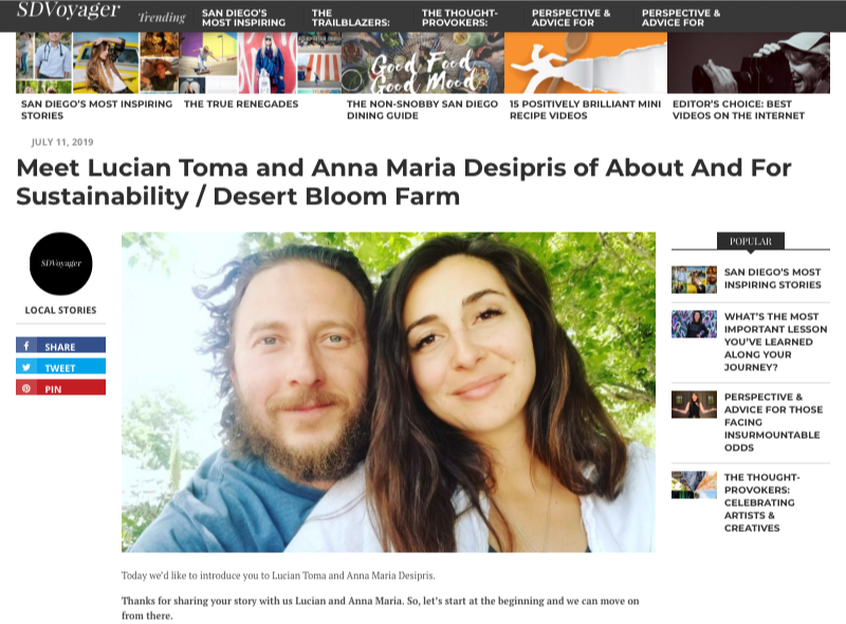
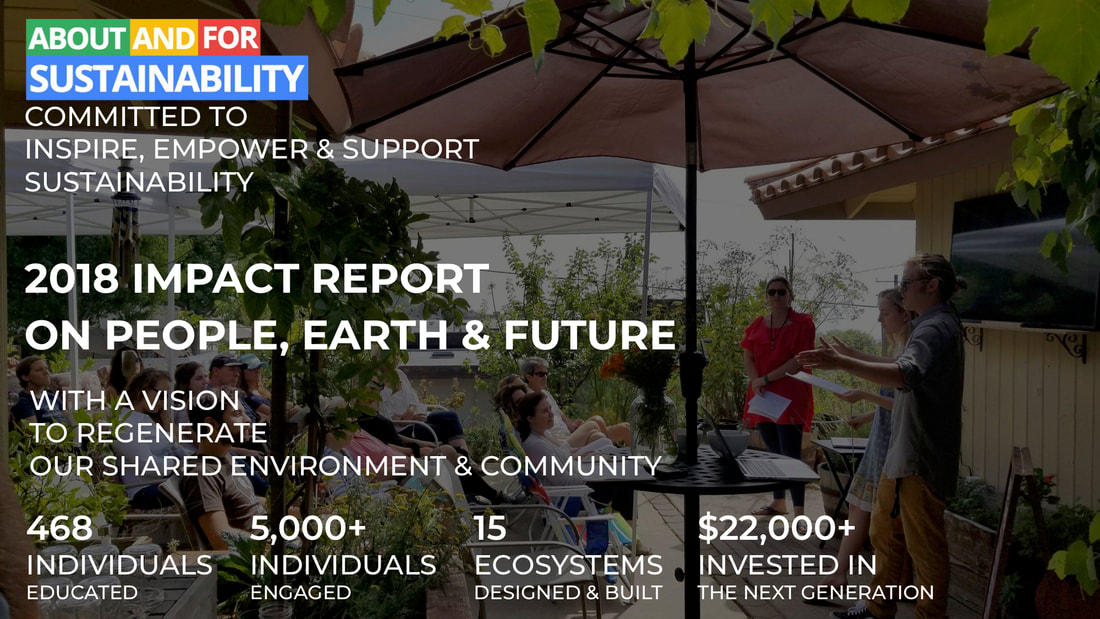
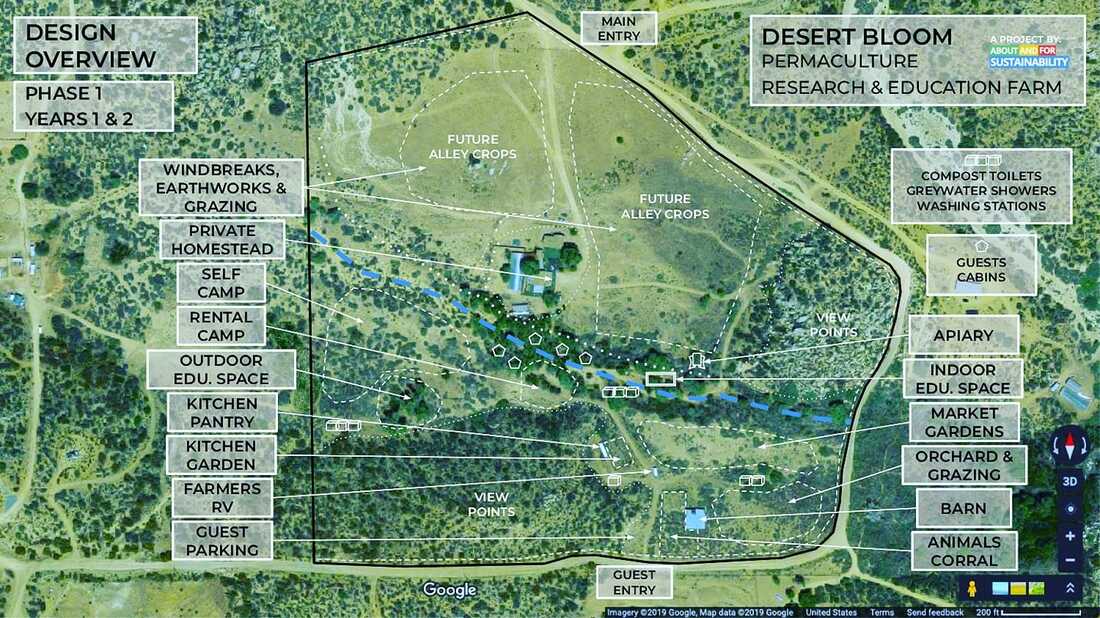
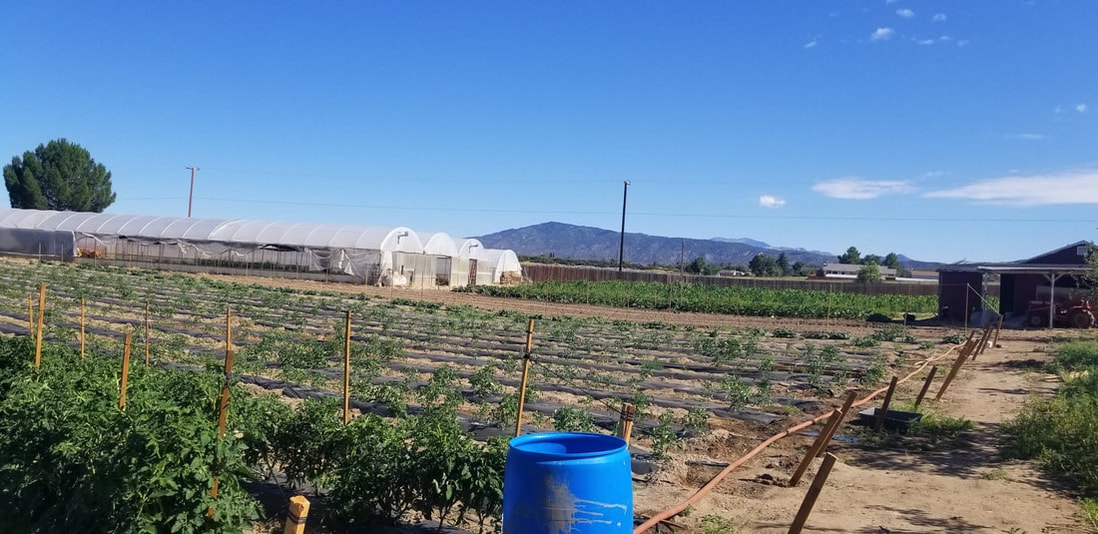
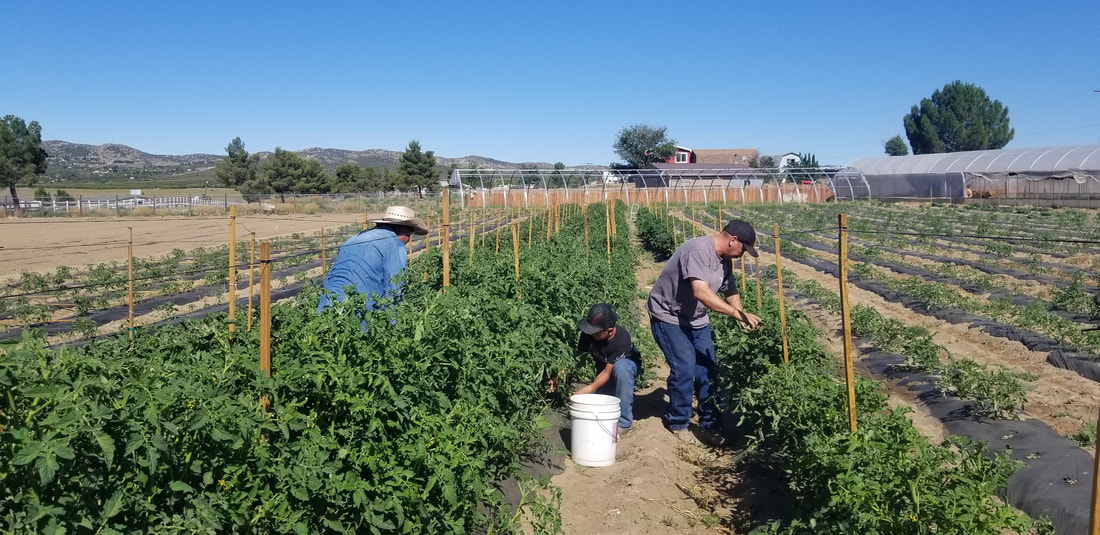
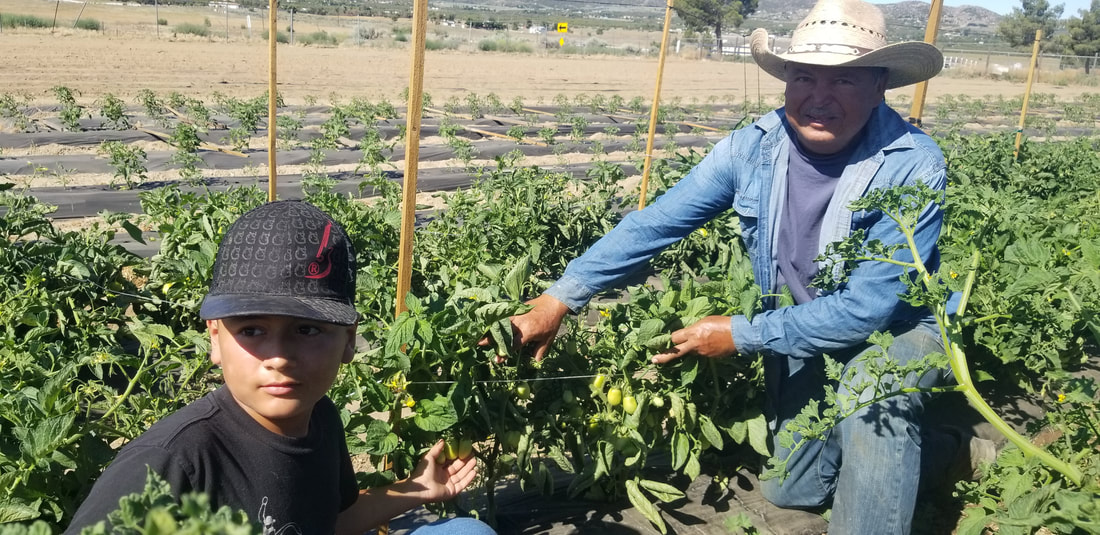

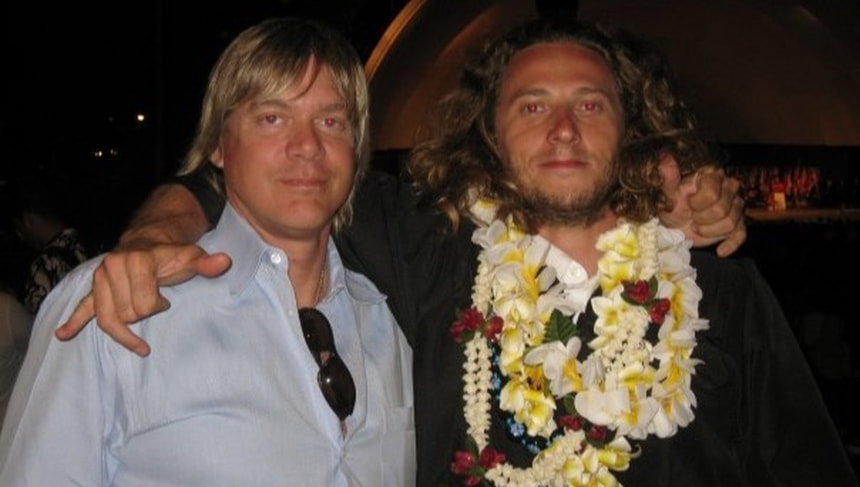
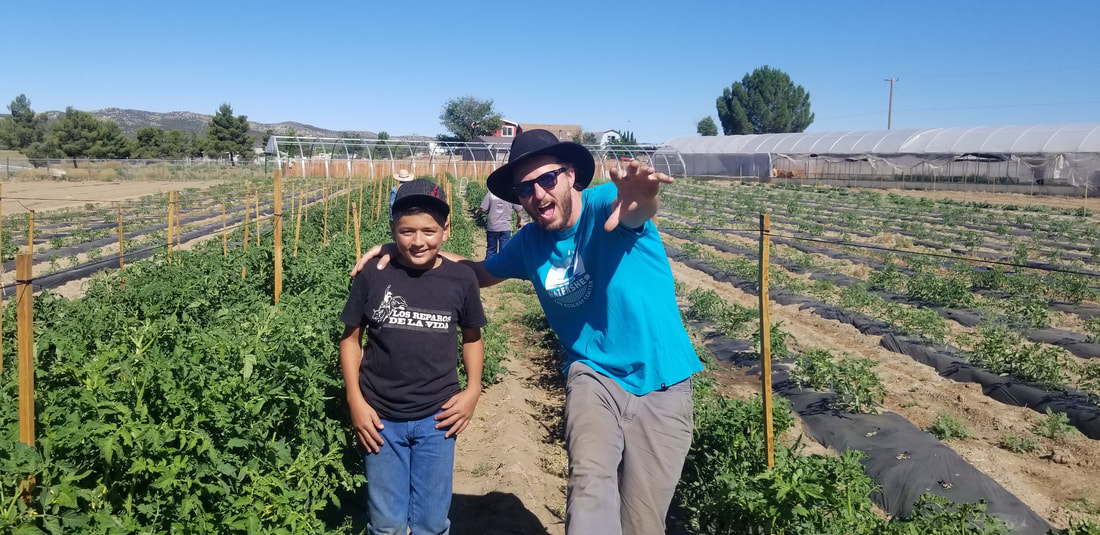
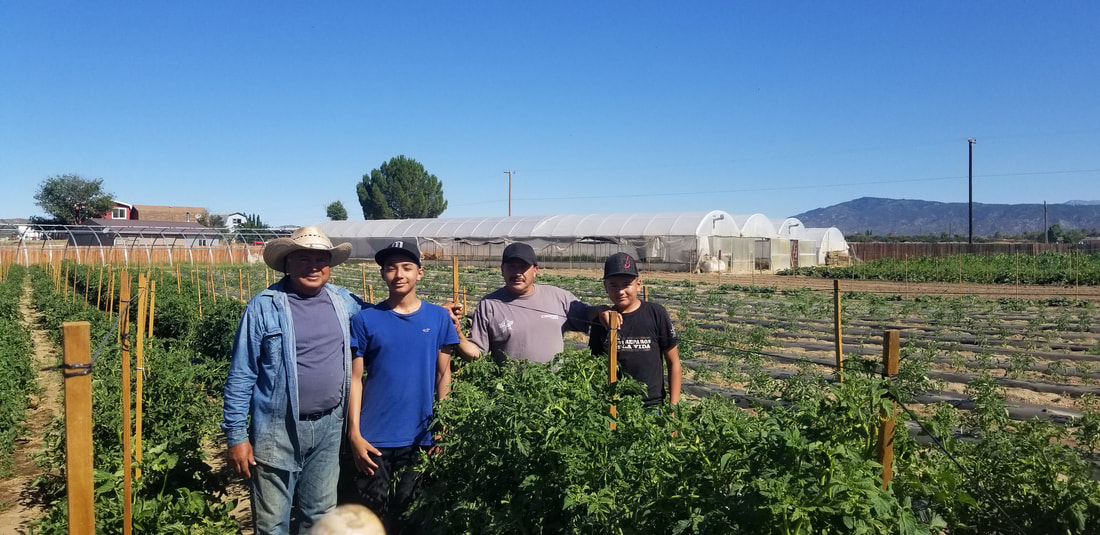
 RSS Feed
RSS Feed